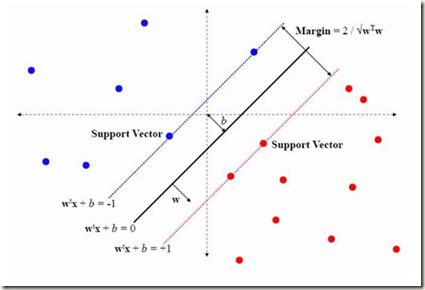Blogs are a source of grey literature which are widely adopted by software practitioners for disseminating opinion and experience. Analysing such articles can provide useful insights into the state-of-practice for software engineering research. However, there are challenges in identifying higher quality content from the large quantity of articles available. Credibility assessment can help in identifying quality content, though there is a lack of existing corpora. Credibility is typically measured through a series of conceptual criteria, with 'argumentation' and 'evidence' being two important criteria. We create a corpus labelled for argumentation and evidence that can aid the credibility community. The corpus consists of articles from the blog of a single software practitioner and is publicly available. Three annotators label the corpus with a series of conceptual credibility criteria, reaching an agreement of 0.82 (Fleiss' Kappa). We present preliminary analysis of the corpus by using it to investigate the identification of claim sentences (one of our ten labels). We train four systems (Bert, KNN, Decision Tree and SVM) using three feature sets (Bag of Words, Topic Modelling and InferSent), achieving an F1 score of 0.64 using InferSent and a Linear SVM. Our preliminary results are promising, indicating that the corpus can help future studies in detecting the credibility of grey literature. Future research will investigate the degree to which the sentence level annotations can infer the credibility of the overall document.
翻译:博客是灰色文献的来源,软件从业者广泛采用灰色文献来传播观点和经验。分析这些文章可以提供对软件工程研究实践现状的有用洞察力。然而,在从大量现有文章中找出质量更高的内容方面存在挑战。信誉评估有助于确定质量内容,尽管缺乏现有的公司。信誉评估通常通过一系列概念标准来衡量,“解释”和“证据”是两个重要标准。我们用三种特征(词表、主题模型和InferSent)为论证和证据提供了标签。该材料由单一软件从业者博客的文章组成,可供公众查阅。三个注解者将一系列概念可信度标准标出,达成0.82(Fleys' Kappa)的协议。我们用它来调查索赔判决的确定(我们十个标签中的一个)。我们用三种系统(Bert、KNNN、决定树和SVM)来培训四个系统(Bag of Words、Timing Superinging and InferSent)提供三套特征集(词、TroduSintSintSint), imalServiewal Acreal Stal ress a deal deal deviews reviews a laction),我们未来研究的成绩可以显示一个有希望的文件。




